Garima Gupta
DRTCI: Learning Disentangled Representations for Temporal Causal Inference
Jan 20, 2022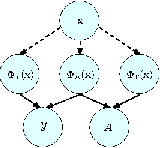
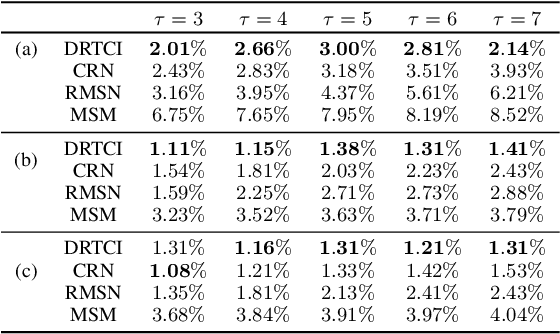
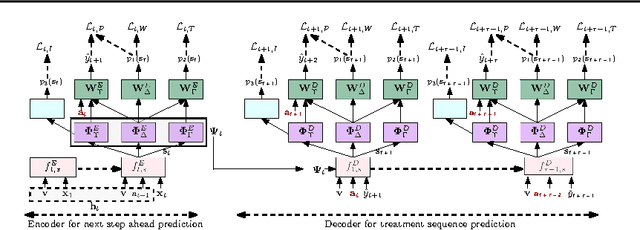
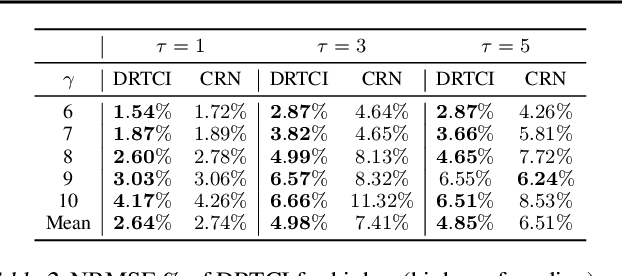
Abstract:Medical professionals evaluating alternative treatment plans for a patient often encounter time varying confounders, or covariates that affect both the future treatment assignment and the patient outcome. The recently proposed Counterfactual Recurrent Network (CRN) accounts for time varying confounders by using adversarial training to balance recurrent historical representations of patient data. However, this work assumes that all time varying covariates are confounding and thus attempts to balance the full state representation. Given that the actual subset of covariates that may in fact be confounding is in general unknown, recent work on counterfactual evaluation in the static, non-temporal setting has suggested that disentangling the covariate representation into separate factors, where each either influence treatment selection, patient outcome or both can help isolate selection bias and restrict balancing efforts to factors that influence outcome, allowing the remaining factors which predict treatment without needlessly being balanced.
CAMTA: Casual Attention Model for Multi-touch Attribution
Dec 21, 2020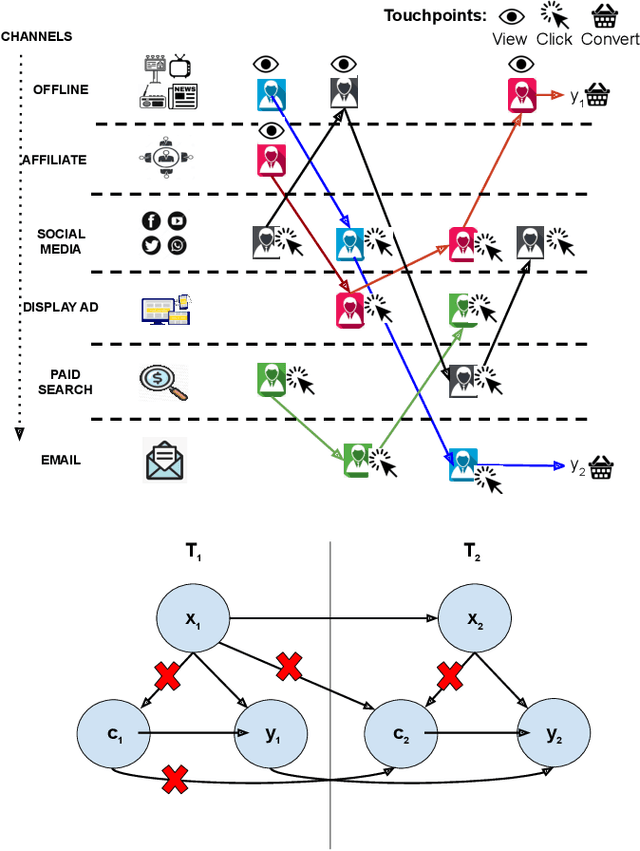

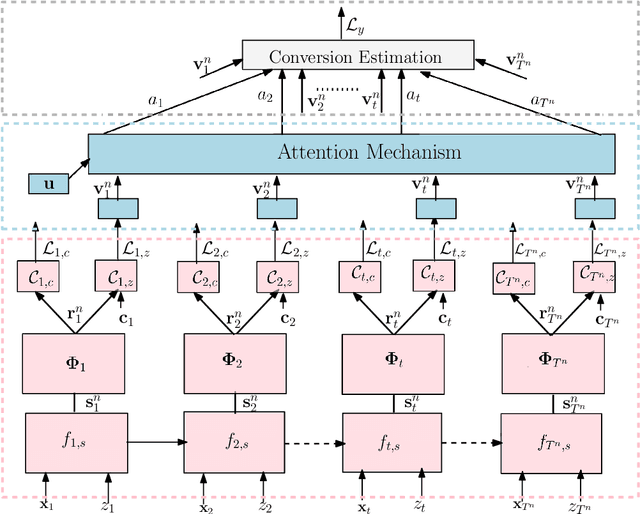
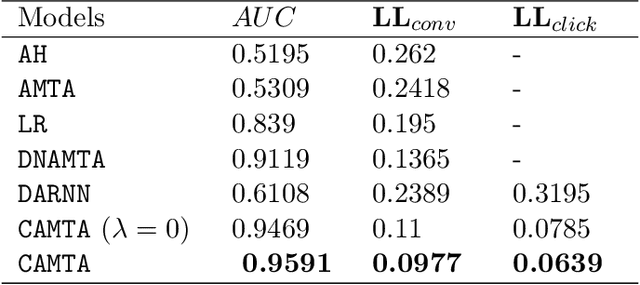
Abstract:Advertising channels have evolved from conventional print media, billboards and radio advertising to online digital advertising (ad), where the users are exposed to a sequence of ad campaigns via social networks, display ads, search etc. While advertisers revisit the design of ad campaigns to concurrently serve the requirements emerging out of new ad channels, it is also critical for advertisers to estimate the contribution from touch-points (view, clicks, converts) on different channels, based on the sequence of customer actions. This process of contribution measurement is often referred to as multi-touch attribution (MTA). In this work, we propose CAMTA, a novel deep recurrent neural network architecture which is a casual attribution mechanism for user-personalised MTA in the context of observational data. CAMTA minimizes the selection bias in channel assignment across time-steps and touchpoints. Furthermore, it utilizes the users' pre-conversion actions in a principled way in order to predict pre-channel attribution. To quantitatively benchmark the proposed MTA model, we employ the real world Criteo dataset and demonstrate the superior performance of CAMTA with respect to prediction accuracy as compared to several baselines. In addition, we provide results for budget allocation and user-behaviour modelling on the predicted channel attribution.
Hi-CI: Deep Causal Inference in High Dimensions
Aug 22, 2020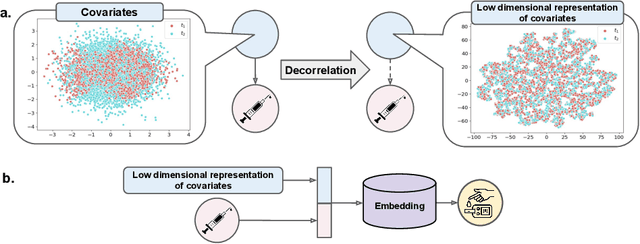
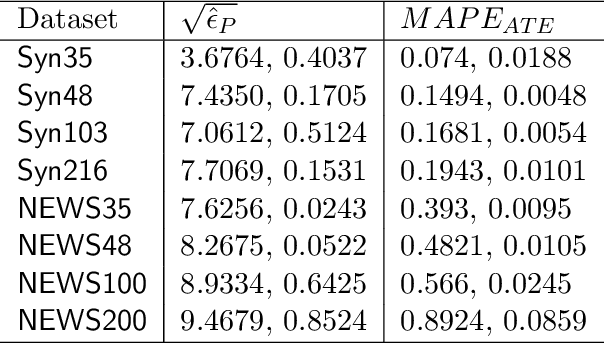
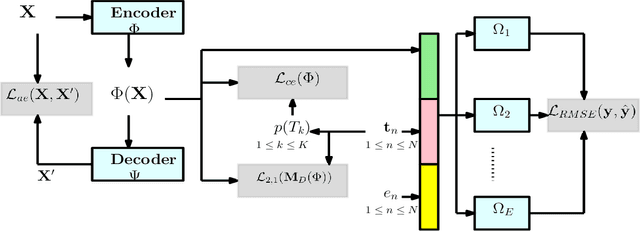
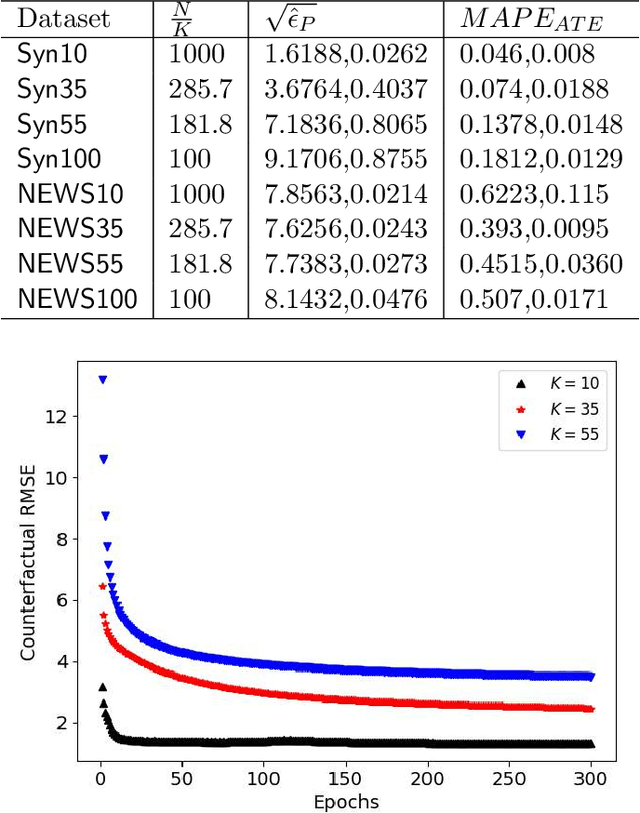
Abstract:We address the problem of counterfactual regression using causal inference (CI) in observational studies consisting of high dimensional covariates and high cardinality treatments. Confounding bias, which leads to inaccurate treatment effect estimation, is attributed to covariates that affect both treatments and outcome. The presence of high-dimensional co-variates exacerbates the impact of bias as it is harder to isolate and measure the impact of these confounders. In the presence of high-cardinality treatment variables, CI is rendered ill-posed due to the increase in the number of counterfactual outcomes to be predicted. We propose Hi-CI, a deep neural network (DNN) based framework for estimating causal effects in the presence of large number of covariates, and high-cardinal and continuous treatment variables. The proposed architecture comprises of a decorrelation network and an outcome prediction network. In the decorrelation network, we learn a data representation in lower dimensions as compared to the original covariates and addresses confounding bias alongside. Subsequently, in the outcome prediction network, we learn an embedding of high-cardinality and continuous treatments, jointly with the data representation. We demonstrate the efficacy of causal effect prediction of the proposed Hi-CI network using synthetic and real-world NEWS datasets.
MultiMBNN: Matched and Balanced Causal Inference with Neural Networks
Apr 29, 2020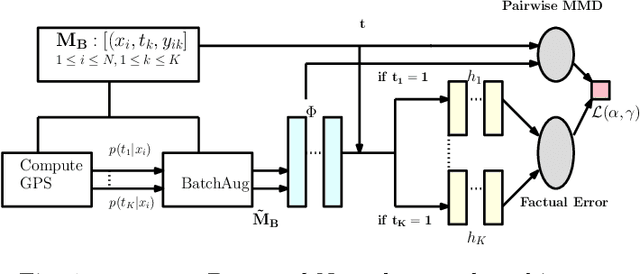



Abstract:Causal inference (CI) in observational studies has received a lot of attention in healthcare, education, ad attribution, policy evaluation, etc. Confounding is a typical hazard, where the context affects both, the treatment assignment and response. In a multiple treatment scenario, we propose the neural network based MultiMBNN, where we overcome confounding by employing generalized propensity score based matching, and learning balanced representations. We benchmark the performance on synthetic and real-world datasets using PEHE, and mean absolute percentage error over ATE as metrics. MultiMBNN outperforms the state-of-the-art algorithms for CI such as TARNet and Perfect Match (PM).
MetaCI: Meta-Learning for Causal Inference in a Heterogeneous Population
Dec 09, 2019
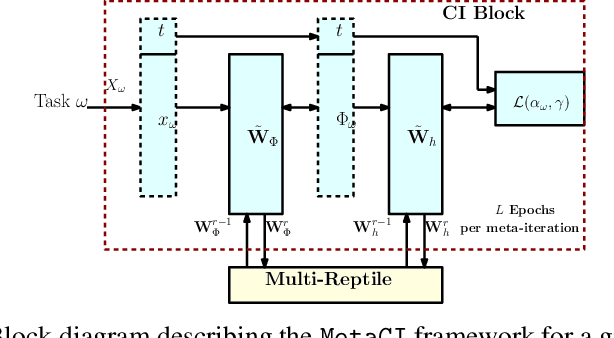
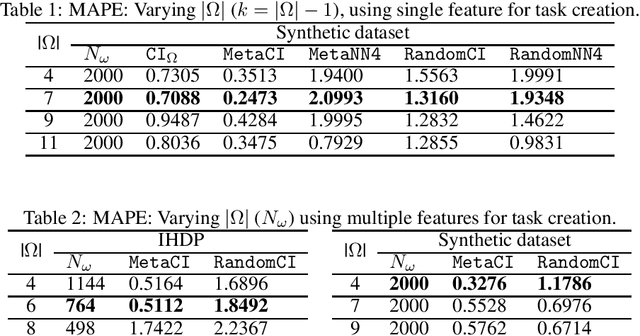

Abstract:Performing inference on data obtained through observational studies is becoming extremely relevant due to the widespread availability of data in fields such as healthcare, education, retail, etc. Furthermore, this data is accrued from multiple homogeneous subgroups of a heterogeneous population, and hence, generalizing the inference mechanism over such data is essential. We propose the MetaCI framework with the goal of answering counterfactual questions in the context of causal inference (CI), where the factual observations are obtained from several homogeneous subgroups. While the CI network is designed to generalize from factual to counterfactual distribution in order to tackle covariate shift, MetaCI employs the meta-learning paradigm to tackle the shift in data distributions between training and test phase due to the presence of heterogeneity in the population, and due to drifts in the target distribution, also known as concept shift. We benchmark the performance of the MetaCI algorithm using the mean absolute percentage error over the average treatment effect as the metric, and demonstrate that meta initialization has significant gains compared to randomly initialized networks, and other methods.
Comparative Benchmarking of Causal Discovery Techniques
Sep 12, 2017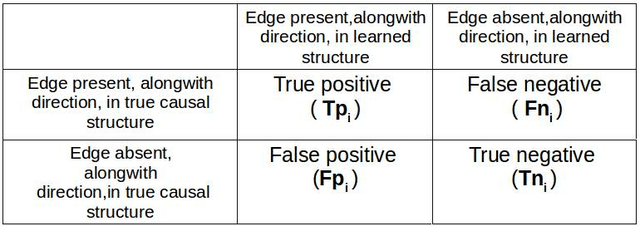
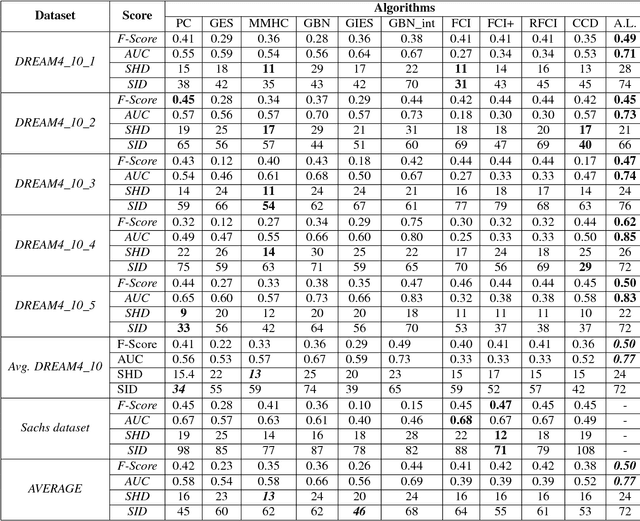
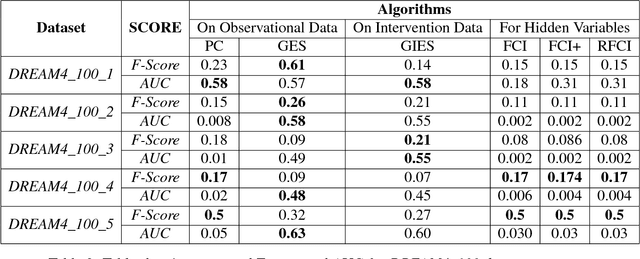
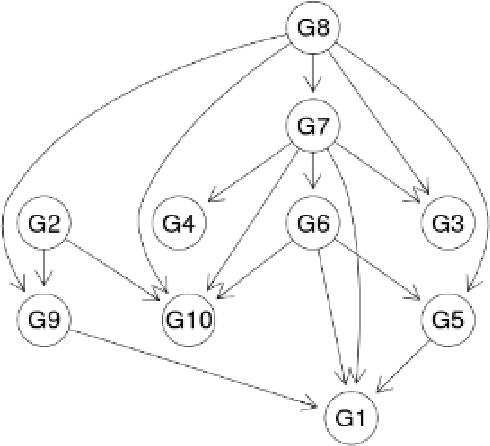
Abstract:In this paper we present a comprehensive view of prominent causal discovery algorithms, categorized into two main categories (1) assuming acyclic and no latent variables, and (2) allowing both cycles and latent variables, along with experimental results comparing them from three perspectives: (a) structural accuracy, (b) standard predictive accuracy, and (c) accuracy of counterfactual inference. For (b) and (c) we train causal Bayesian networks with structures as predicted by each causal discovery technique to carry out counterfactual or standard predictive inference. We compare causal algorithms on two pub- licly available and one simulated datasets having different sample sizes: small, medium and large. Experiments show that structural accuracy of a technique does not necessarily correlate with higher accuracy of inferencing tasks. Fur- ther, surveyed structure learning algorithms do not perform well in terms of structural accuracy in case of datasets having large number of variables.
Deep Convolutional Neural Networks for Pairwise Causality
Jan 03, 2017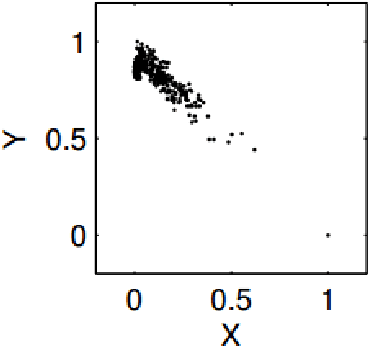



Abstract:Discovering causal models from observational and interventional data is an important first step preceding what-if analysis or counterfactual reasoning. As has been shown before, the direction of pairwise causal relations can, under certain conditions, be inferred from observational data via standard gradient-boosted classifiers (GBC) using carefully engineered statistical features. In this paper we apply deep convolutional neural networks (CNNs) to this problem by plotting attribute pairs as 2-D scatter plots that are fed to the CNN as images. We evaluate our approach on the 'Cause- Effect Pairs' NIPS 2013 Data Challenge. We observe that a weighted ensemble of CNN with the earlier GBC approach yields significant improvement. Further, we observe that when less training data is available, our approach performs better than the GBC based approach suggesting that CNN models pre-trained to determine the direction of pairwise causal direction could have wider applicability in causal discovery and enabling what-if or counterfactual analysis.
 Add to Chrome
Add to Chrome Add to Firefox
Add to Firefox Add to Edge
Add to Edge